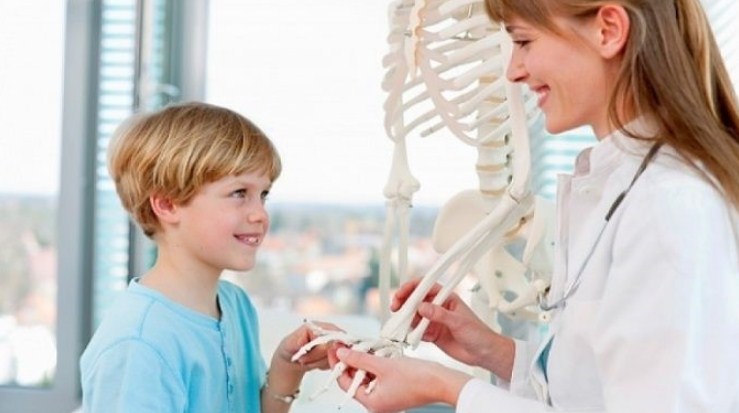When the baby still lies in the diapers, does not sit down, and even more so - does not try to crawl or get up, parents cannot determine independently whether the development of the child's body is correct. It is important to understand this.
Contents
- What does an orthopedist look at children at 3 months old?
- What does an orthopedist look at children under 3 years old?
- What can orthopedic diseases in infants and young children have?
- Orthopedic problems of the neck and head in children
- Orthopedic problems of the spine and chest in children
- Orthopedic problems of the hip joints and legs in children
- Prevention of orthopedic problems in children
- At what symptoms do you need to show a small child with an orthopedist?
- How do orthopedic problems are treated in children?
- Video: Children's orthopedist and answers to parents
The baby must be brought to the clinic so that he is examined by specialized specialists. There must be a orthopedic doctor among such doctors.
What does an orthopedist look at children at 3 months old?
- If only a native, a neonatologist examines the birth, then upon reaching the child 3 months, a medical examination should be comprehensively. That's why, in addition to the pediatrician, the baby should examine the neurologist with the optometrist.And without fail watch children Ortopoped.
- At this age, a specialist can already notice if the child develops torticollis, determine the presence of risks associated with the consequences of problem birth (in the case of, for example, a collar fracture), or in time, diagnose dysplasia of the hip joints.
- Inspection in this period of life is especially important, since it allows you to notice some deviations from the norm, inconspicuous at an earlier age. This is also facilitated by the observations of parents who notice both the beginning of motor skills and certain difficulties when moving the limbs, their incorrect position, soreness, etc. The doctor also checks how the muscle tone changes.
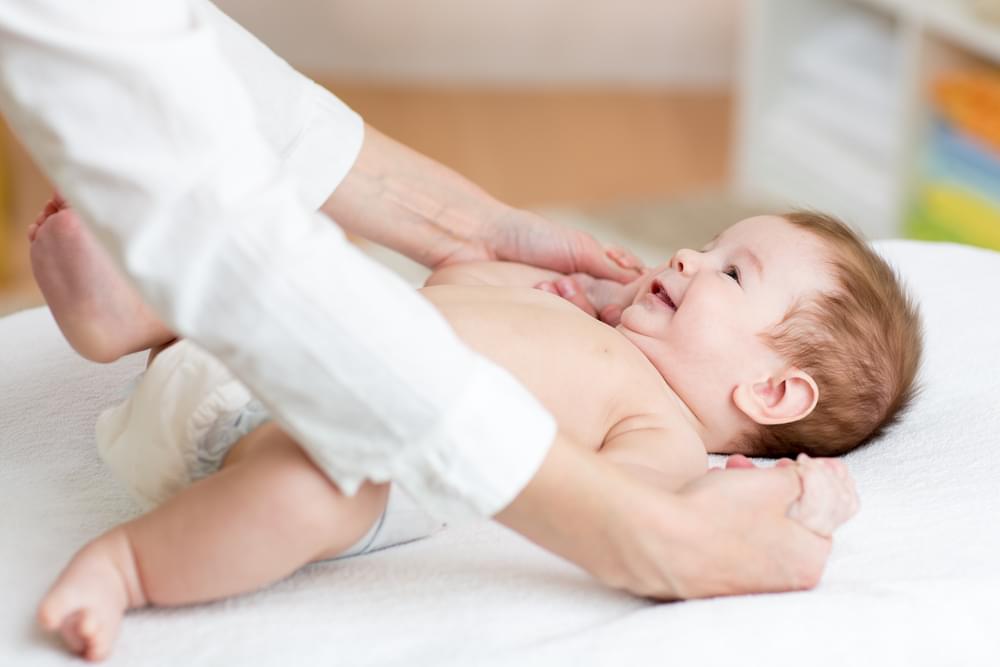
- If the orthopedist does not reveal any violations in its profile, then the next visit will be appropriate approximately six months laterTo inspect the child at a time when he can already stand, and after time - and walk. So the doctor will be able to evaluate whether the feet are set correctly, whether the knee joints are deformed, etc.
What does an orthopedist look at children under 3 years old?
- By the age of 3, the child is very much and actively moves, which has a great influence on how the musculoskeletal system is formedHow the musculoskeletal system develops. Therefore, the orthopedist pays special attention to the possibility The risk of flat feet, and also evaluates the condition of the spine in order to exclude its curvature.
- The dynamics with which occurs also deformation of the chest.
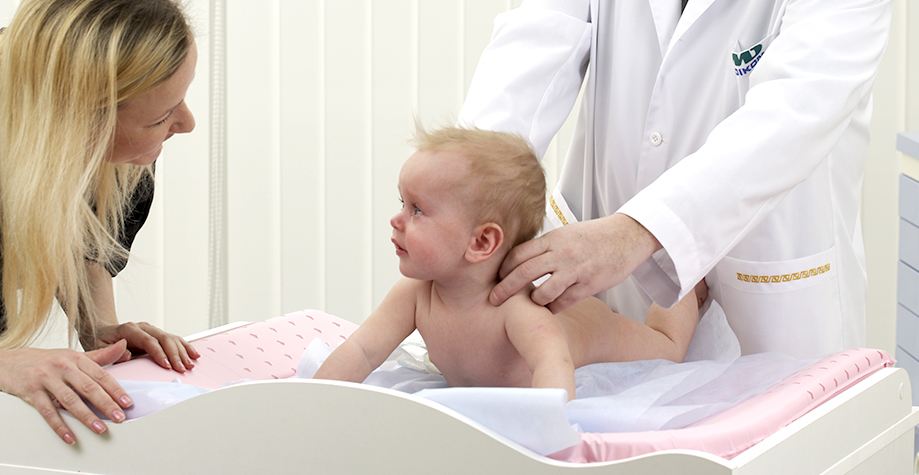
- If the baby was injured to this age, receiving dislocations, stretching or even fractures, then the consequences of such an injury are necessarily evaluated to exclude the possibility of impaired limbs.
What can orthopedic diseases in infants and young children have?
- At this age, the orthopedist looks in children by the presence or absence of any pathologies of the bone and muscle systems. At first, such disorders in development are usually congenital, but the older the child becomes, the more likely the fact that any problems associated with the musculoskeletal system are acquired.
- It is best if the orthopedic doctor examines the child for the first time when he have not reached a week - At this time noticeable Explicit violations or birth injuries. These include the complete absence or underdevelopment of the lower or upper extremities, the pathology of the sky, which we are used to calling a “wolf mouth”, an extra finger or their fusion.
- The most common case is the presence of congenital dislocation of the thigh or dysplasia. It is in infancy that the doctor, checking the volume of movements made by the hip joint, can determine both this pathology and congenital clubfoot.
- Diagnosis is also possible kefaglematoma, in which a swelling is observed near the parietal bone, and the possibility of a collapse of the clavicle that occurred during childbirth.
- Then show the child an orthopedist must regularly Throughout the year of the first year of life, even if the initial inspection has not revealed pathologies. After all, some of them are not congenital, but acquired over time.
- So you can find curvature or significant rotation of the leg during dysplasia. Having palpated the joints and muscles, the orthopedist determines whether the joints are limited in movement, whether they are deformed, whether there are painful sensations during movement. If necessary, are appointed Ultrasound, X -ray, blood tests, additional consultations of specialized specialists.
- Further, consulting parents, the orthopedist watches how the baby is turning over, whether he is trying to sit correctly. An inspection is necessary even on condition that no violations have previously been revealed, since with such preventive measures it is the orthopedist who is able to suspect metabolic disorders.
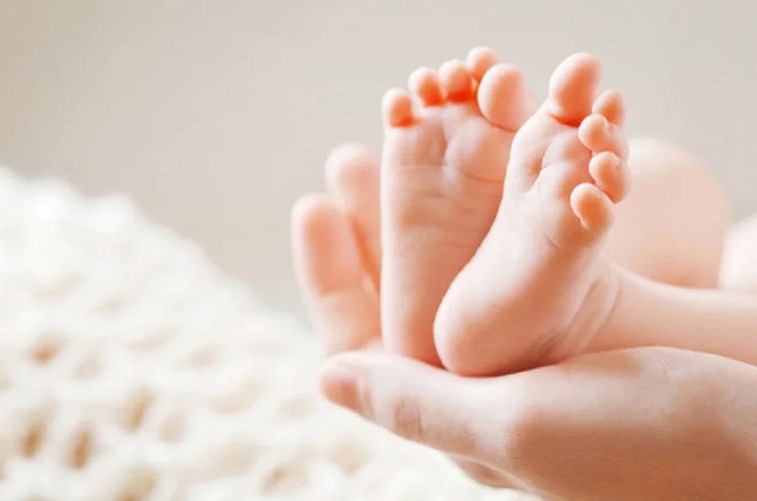
- At one year old, the doctor may well make conclusions that there are no congenital pathologies. If they were diagnosed earlier, the effectiveness of the treatment occurs.
Orthopedic problems of the neck and head in children
- The orthopedist looks at the position and shape of the head in children, determines how symmetrical it is. At the same time, it is no less important what position is most often the baby’s head is, whether he looks only in one direction.
- If installed the usual turn of the head It is immediately assigned a set of measures to eliminate this position so that the skull does not deform and does not form a nape, which is often called “beveled”. The reason for this phenomenon may be both birth injury and inept handling with the baby, to which they are suitable only on one side or do not shift their heads from side to side.
- The wrong position of the child’s head can turn into crooked. It can not always be found in the first days of life, but literally a week or two after the birth of the crumbs, attentive mothers can notice that the baby tilts the head in one side, turning the chin into a healthy one.
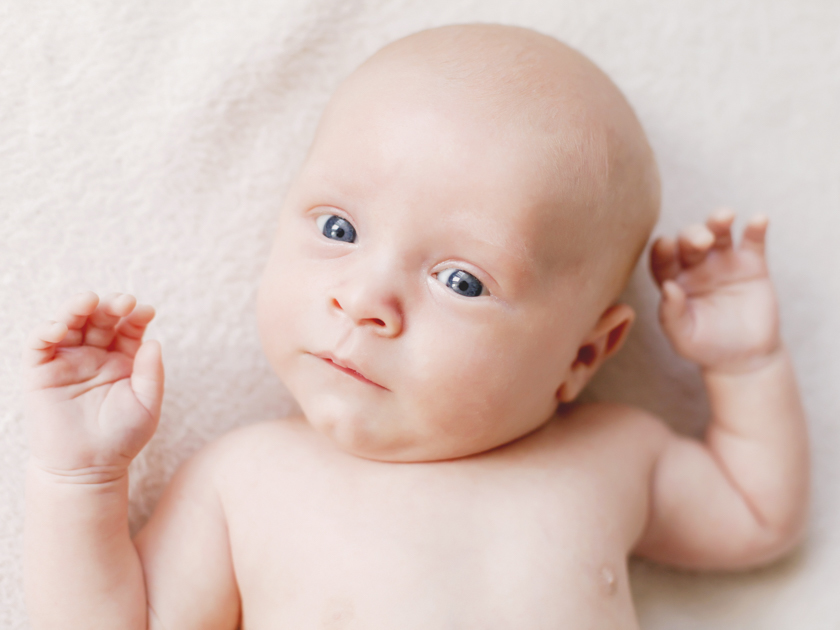
- If you try to change the situation, the child becomes restlessreacts painful grimace. And a little later it becomes noticeable a certain asymmetry, When the buccal muscle is slightly smaller from the problem side, and on the cervical muscle the appearance of a painful dense formation is possible.
- It is necessary to eliminate the causes of crookedly. For this, it is assigned massage and physiotherapeutic procedures, special rollers, orthopedic pads, etc. are used. Later, the detection of crookedly may require surgery.
Orthopedic problems of the spine and chest in children
- If the child’s spine is formed correctly, then it is capable of Due to the created spring effect, freely transfer the load on the axisas it has good shock absorption.
- If some bend is smoothed out, then the springs are not created, the load becomes irrationalwhich can lead to the future to scoliosis, osteochondrosis and other diseases. The orthopedist watches in children the probability of infant scoliosis, most often caused by neurological symptoms, gives recommendations to eliminate neurological problems - for example, hypertonus or muscle dystonia.
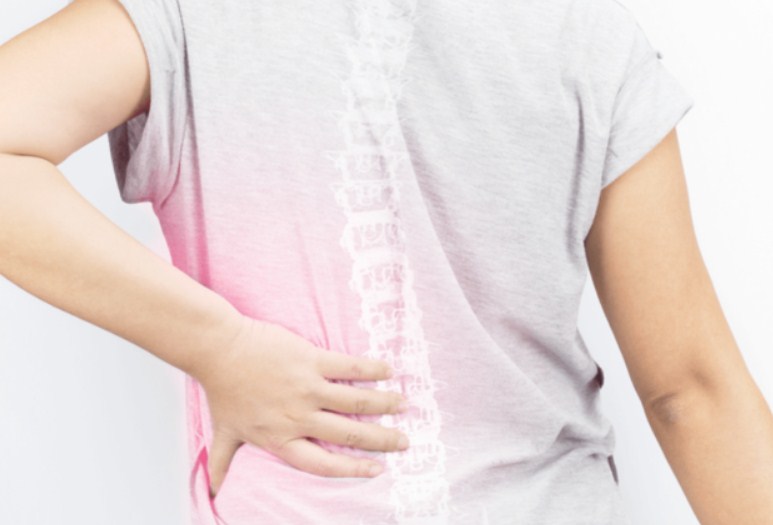
- Perhaps also a condition kyphosis, when the axis of the spine in large newborn deviates back - in this case, it is necessary to follow the tips on how to keep the baby, not try to put it on his feet ahead of time.
- It is with the correct formation of the spine that the recommendation of orthopedists is associated not to use pillows for infants so that the formation of the cervical spine is not violated and the cervical lordosis does not develop. In addition, the formation is possible thoracic kyphosis, lumbar lordosis at the time when the child is trying to sit down, and the premature attempts of parents to help him do this can also lead to the kyphosis of the purely cladding department.
- It is with such impatience of parents who want their baby to sit as soon as possible, to stand or walk, using all sorts of devices like walks or jumpers, often the problems of the musculoskeletal system of the child are associated.
Orthopedic problems of the hip joints and legs in children
- In a properly developing child, the legs in a lying position on the back can be diluted so that it will touch the surface on which it lies. If traffic restrictions arise, then this may be due to spasms of the inner muscles of the thigh. This is not dangerous and can be eliminated by wide swaddling, gymnastics, swimming. In the case when the restriction is observed on the one hand, an orthopedic consultation is already needed.
- If observed asymmetry of the wallets of the buttocks or a different length of the legs, It is also necessary to contact an orthopedist. The orthopedist looks in children the degree of deformation of the feet. Further, the specialist can prescribe the use of correctioning langet, which will correct the situation before the child begins to try to walk.
- Hip dysplasia, as well as congenital dislocations, due to the innate underdevelopment of the joint itself. This can turn out to be in the future of different legs. Typically, this pathology of orthopedists is detected in children in the first three months of life.
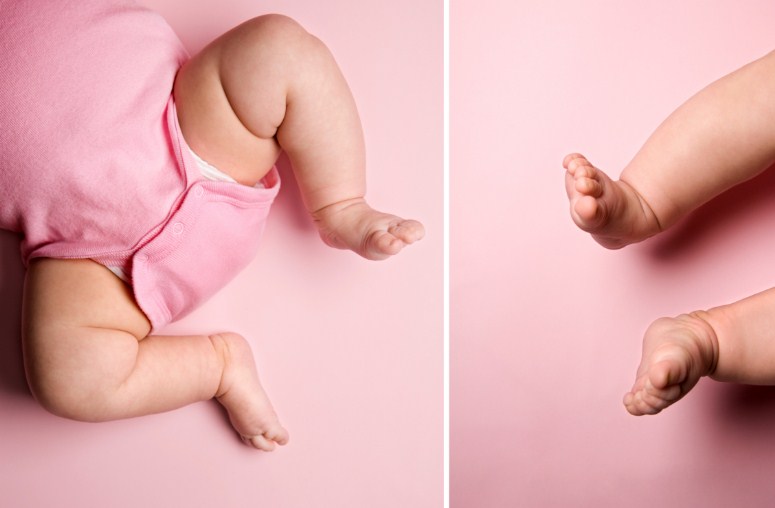
Prevention of orthopedic problems in children
- Even a healthy and properly developing child needs certain measures preventionthat the orthopedist will advise.
- For example, the baby is attracted by a bright spot on the wall and he most often turns the head in the direction where it is located. And in the same way, the orthopedist looks in children how turning occurs-if more often in a certain side, this may indicate about a different tone of muscles on the right and left side. Then the doctor can be recommended Massage, a set of exercises, swimming elements. The orthopedist will advise which muscle group special attention should be paid to and what to do to strengthen it.
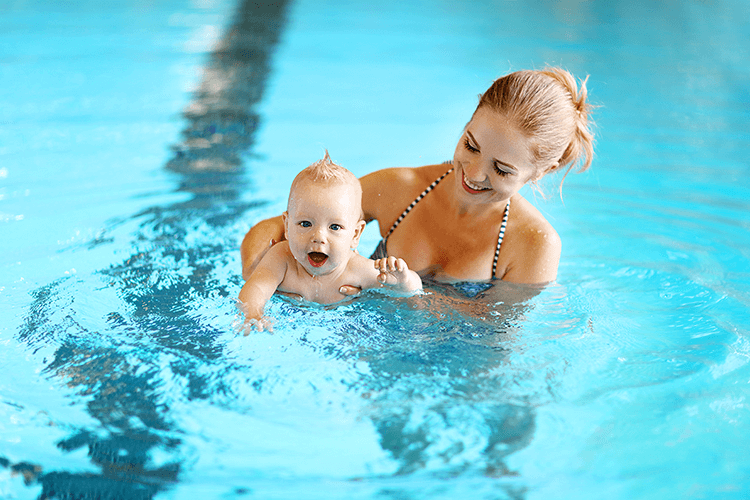
- You can not rush the formation of a child. Up to 7 months you do not need to try to put it, up to 9-put on the legs, and before 10-11 months you should not try to teach him to walk. This can adversely affect the strengthening and development of the spine and ultimately result in its curvature. If the child will lag behind in development, the orthopedist will advise methods of stimulation in the form gymnastics and massage.
- At the first steps, the baby will need Correct comfortable shoeswhich will distribute the load on the ankle and other joints. It is best if the baby will try to stomp with shoe legs, on a solid sole, and not spank barefoot. In the presence of any pathologies, the doctor will recommend the right shoes or help to choose orthopedic insoles.
At what symptoms do you need to show a small child with an orthopedist?
In addition to planned examinations of an orthopedic doctor, parents should immediately contact a specialist in the following cases:
- Folds skin in babies of the first year of life on the limbs are located asymmetric.
- The child is does not start to turn over, not trying to sit down or walk.
- There is no complete “disclosure” of the legs when swaddling.
- Handles or legs have different lengths.
- Difficult rotation head.
- With certain movements, the child experiences discomfort.
- Increased temperature in the area of \u200b\u200bone or another joint.
How do orthopedic problems are treated in children?
After examining by the orthopedic in children all the necessary indicators, if necessary, the doctor may prescribe the following treatment methods:
- Medicine therapy, with which it is possible to relieve pain, as well as improve the supply of bones and cartilage cells with nutrients.
- Physiotherapeutic procedurescontributing to the local effects on the destruction site (usually a ligament or joint), accelerate tissue restoration, as well as a decrease in swelling and pain.
- Complex of healing physical exercises, or exercise therapy, with the help of which strong and strong muscle corset is formed, which helps in the correction of skeletal disorders.
- Conducting in accordance with the indications minimally invasive surgical interventions, which do not affect healthy tissues, and, therefore, the rehabilitation time is significantly reduced.
We advise you to read:
- My girlfriend is pregnant - what to do
- What games to play for children at a children's holiday
- Counting for children
- Stool at the gunner for artificial feeding
- Child's food at 1 year

